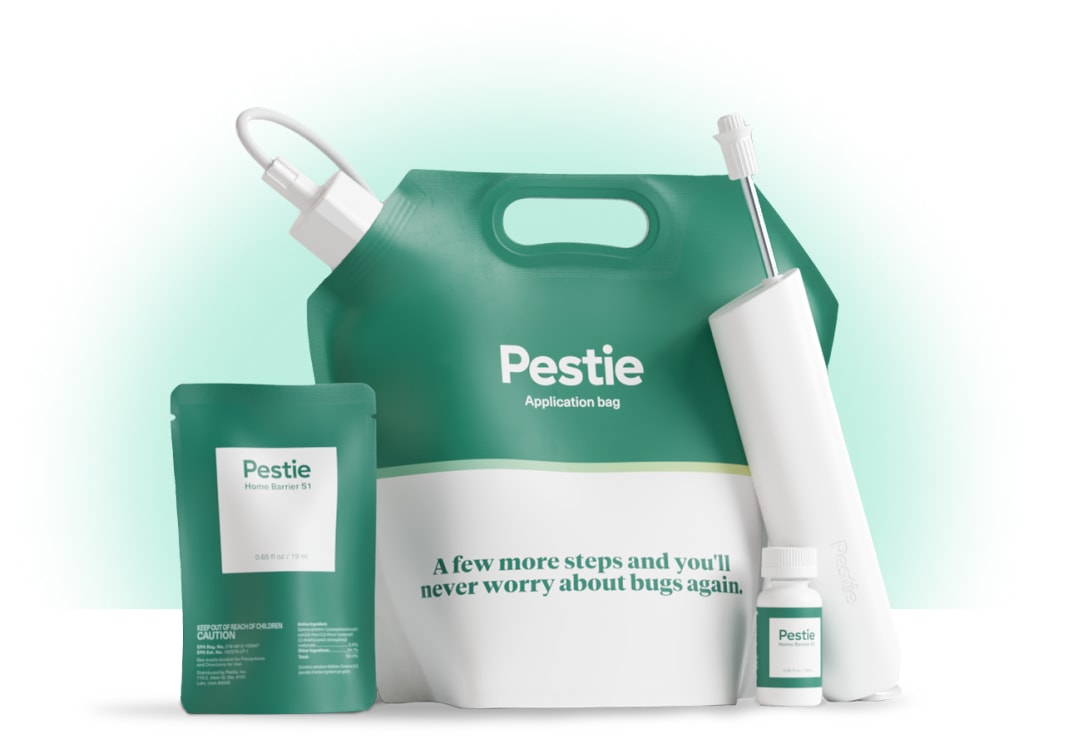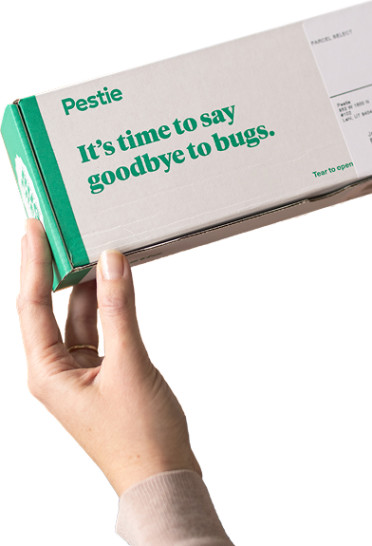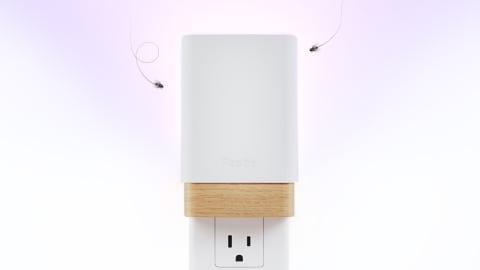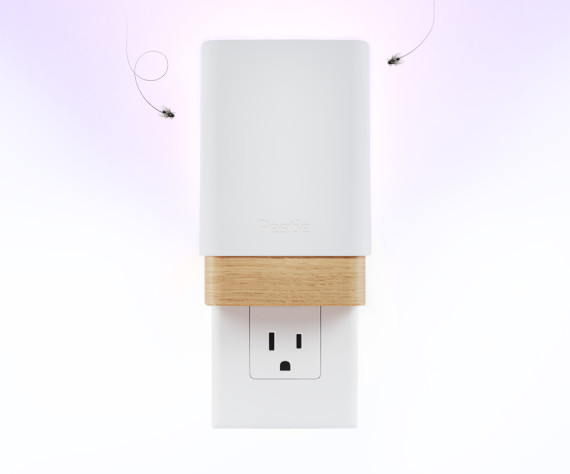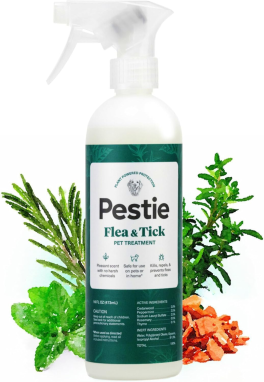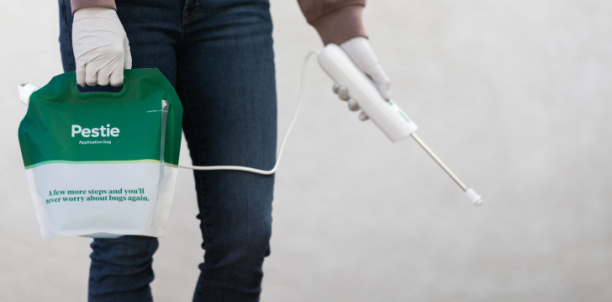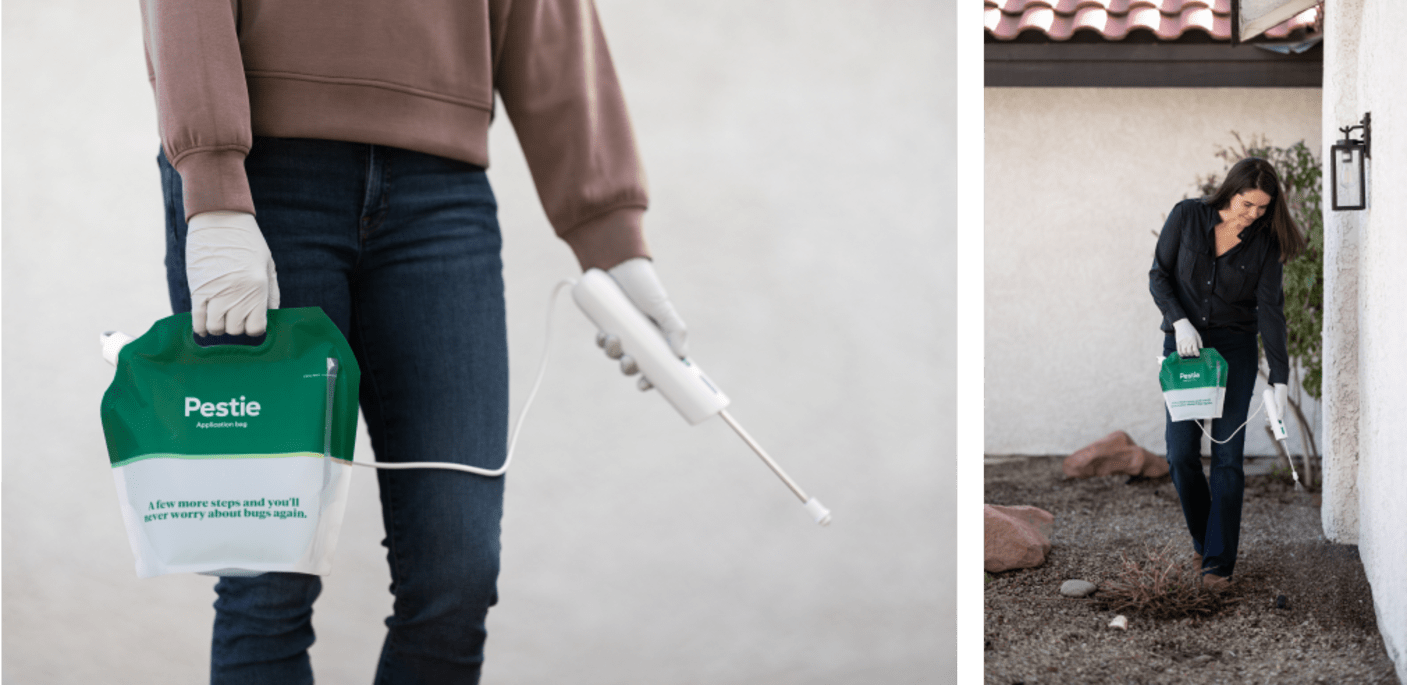How to identify and get rid of firebrats
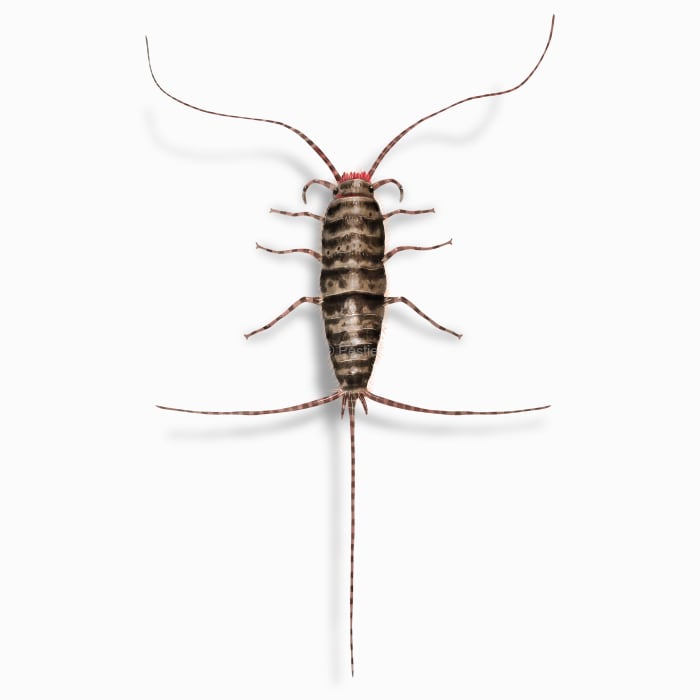
Spoiled demons or spicy hotdogs? Nope, it's an insect!
Firebrats, also known as bristletails, might be lurking in your bathroom or under your hot water heater without you knowing it. These wingless insects love a warm, moist, and dark place to hide and don't mind munching on the strangest things. If it has any sort of starchy carbohydrate in it, firebrats will eat it. That can include food like flour and cereals or inedible things like cardboard boxes, bookbinding glue, wallpaper, and dead insects.
Firebrats are shy creatures, keeping to themselves, darting away at top speeds if their hiding places are uncovered. And despite their fiery names, these insects are quite harmless. The worst they do is contaminate your stored food or make a mess of your wallpaper. However, firebrats have been known to use pheromones to gather other firebrats to their favorite hiding spots. So, if you see a few firebrats, there may be a hidden firebrat party nearby that you weren't invited to!
How to identify firebrats
Firebrats are thin, flat, wingless insects that can run very fast. Their bodies are tapered, giving them a fish-like appearance. They also have long antennae on their head and three long bristles from their abdomen. Small, shiny scales also cover their bodies.
You can tell if you have firebrats in your home by their feeding damage or pepper-like droppings. Sometimes, you can also find their shimmering scales from when they molt.
How big are firebrats?
Firebrats can grow up to ½ inch long, not including their long antennae and tail-like structures.
What other pests look like a firebrat?
It's really hard to tell the difference between a firebrat and a silverfish. They are nearly identical in appearance. However, silverfish prefer cool and damp places to hang out, while firebrats enjoy warmer places to hide.
Where do firebrats live?
Firebrats are found all across the United States. Inside, firebrats love hanging out in warm and humid places. Think basements, kitchens, and around heating appliances. Outside, they're a bit shyer, preferring to stay hidden under rocks or in leaf litter.
How to get rid of firebrats
Firebrats only move into your home because you have the ideal conditions for them to thrive. That typically means you have a moisture problem in your home. Here are a few tips to keep firebrats from setting up camp in your house:
- Reduce humidity: Use dehumidifiers or fans to keep areas dry.
- Remove food sources: Vacuum regularly and keep food in sealed containers.
- Seal up entry points: Check for cracks or openings where they might be sneaking in and seal them up.
Additionally, you can spray an insect barrier around the home to prevent firebrats or other pests from coming inside. Pestie offers a pro-grade DIY solution that you can apply in and around your home. That way, you can get professional pest control without scheduling an exterminator!
Treat firebrats with Pestie
If you're still having trouble keeping firebrats away, the best option is to use a pro-grade, effective pest control solution like Pestie.
Pestie is a do-it-yourself pest control solution that's specially designed to keep firebrats and other pests away from your home.
With Pestie, you can rest easy knowing that your living space is protected and free of creepy crawlies. And the best part? It's designed for people, pets, and the planet, so you can say goodbye to harsh chemicals and hello to peace of mind!
- Save hundreds compared to traditional annual pest plans
- People, pet, and planet-friendly
- Pro-grade customized formulas
Quick facts
- Scientific name
Thermobia Domestica
- Colors
Mottled grey and brown
- Life span
2+ years
- Diet
Starchy carbohydrates – flour, dog food, glue, wallpaper, paper products
How dangerous are Firebrats?
Low danger risk
They're more of a nuisance than a threat, with no harm to humans beyond potentially damaging belongings.
Firebrats have a symbiont microbe in their gut that helps them digest all the odd things they eat. The microbe digests cellulose, which then gives the firebrat nutrition.
